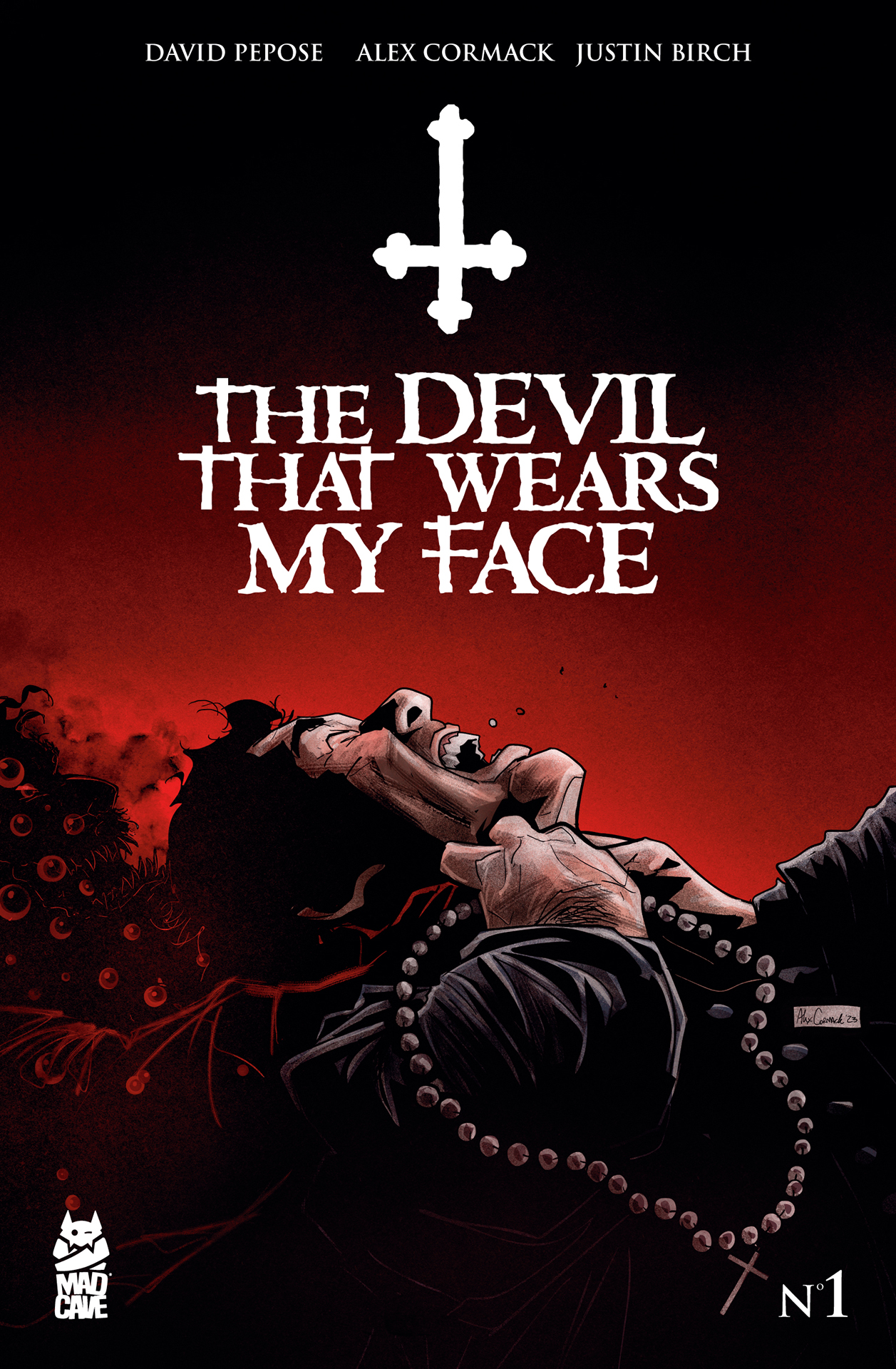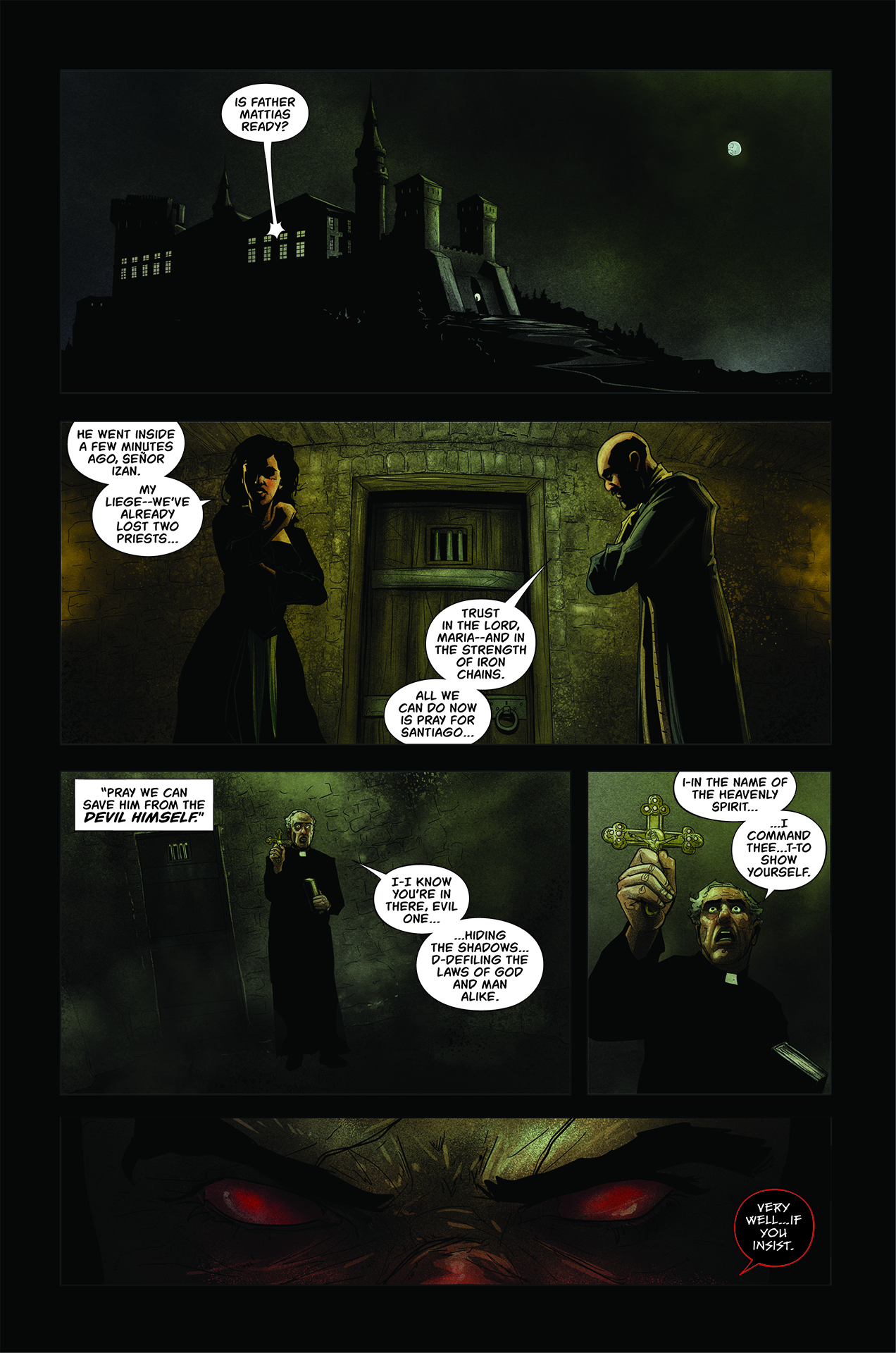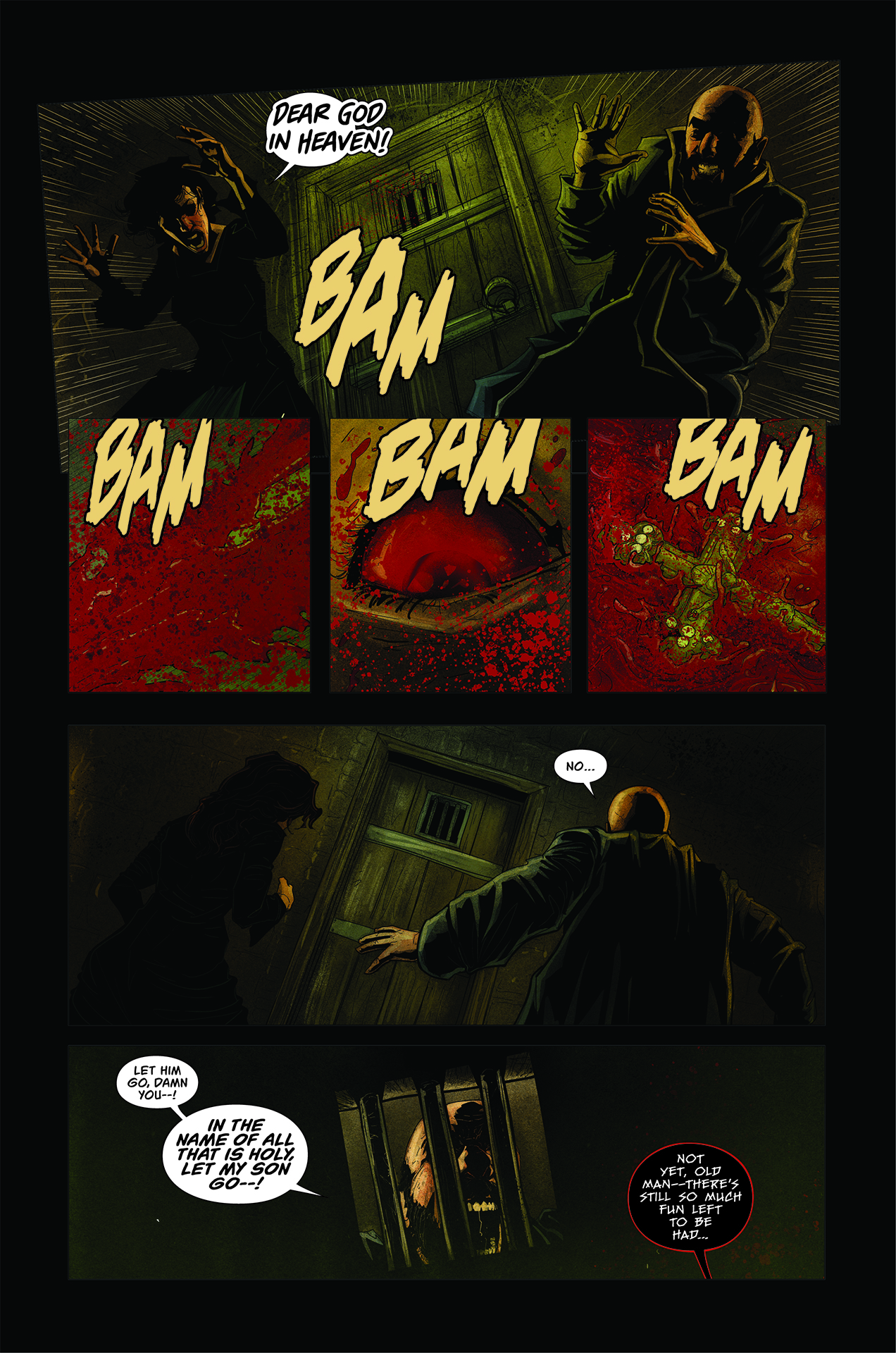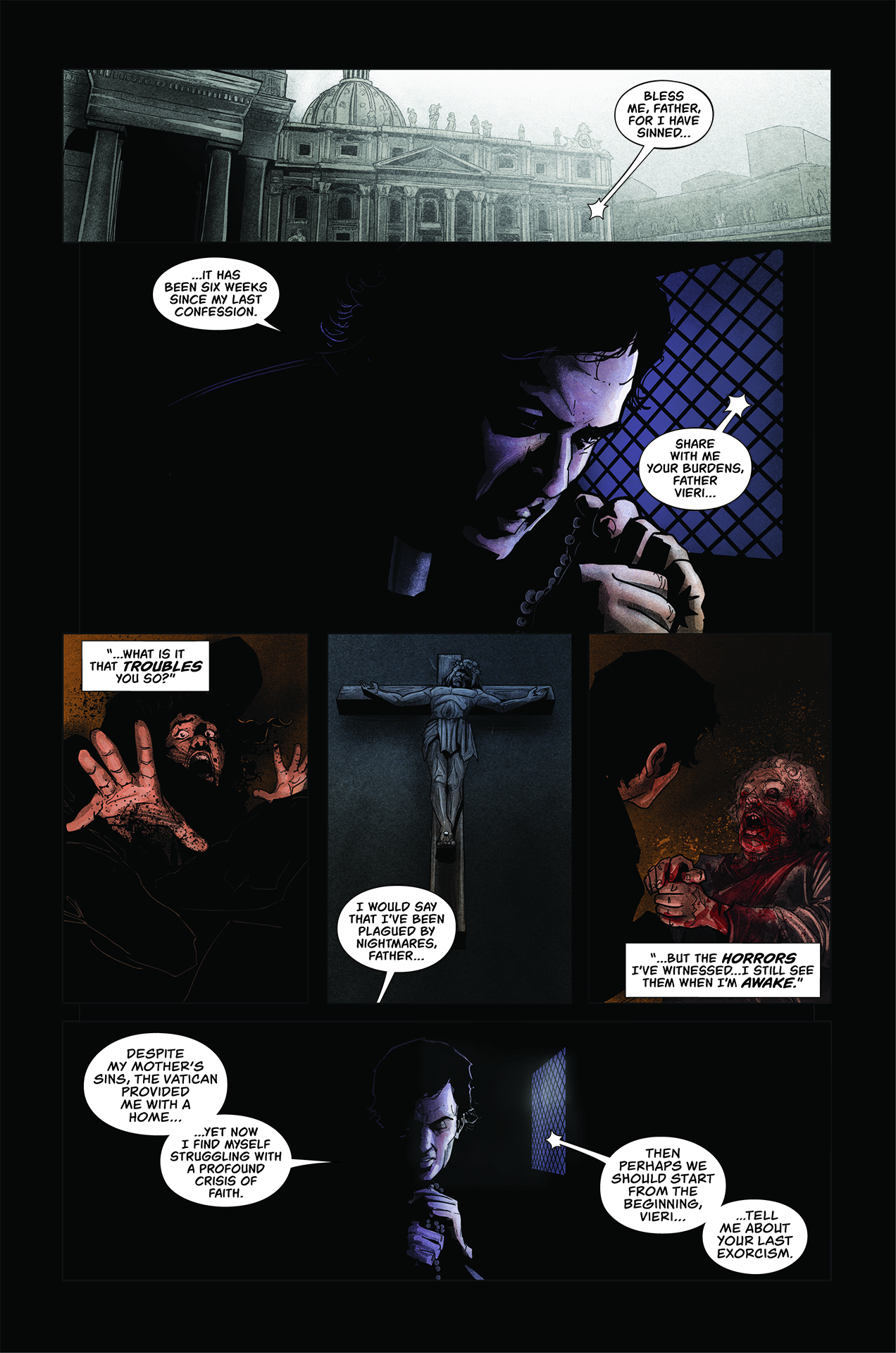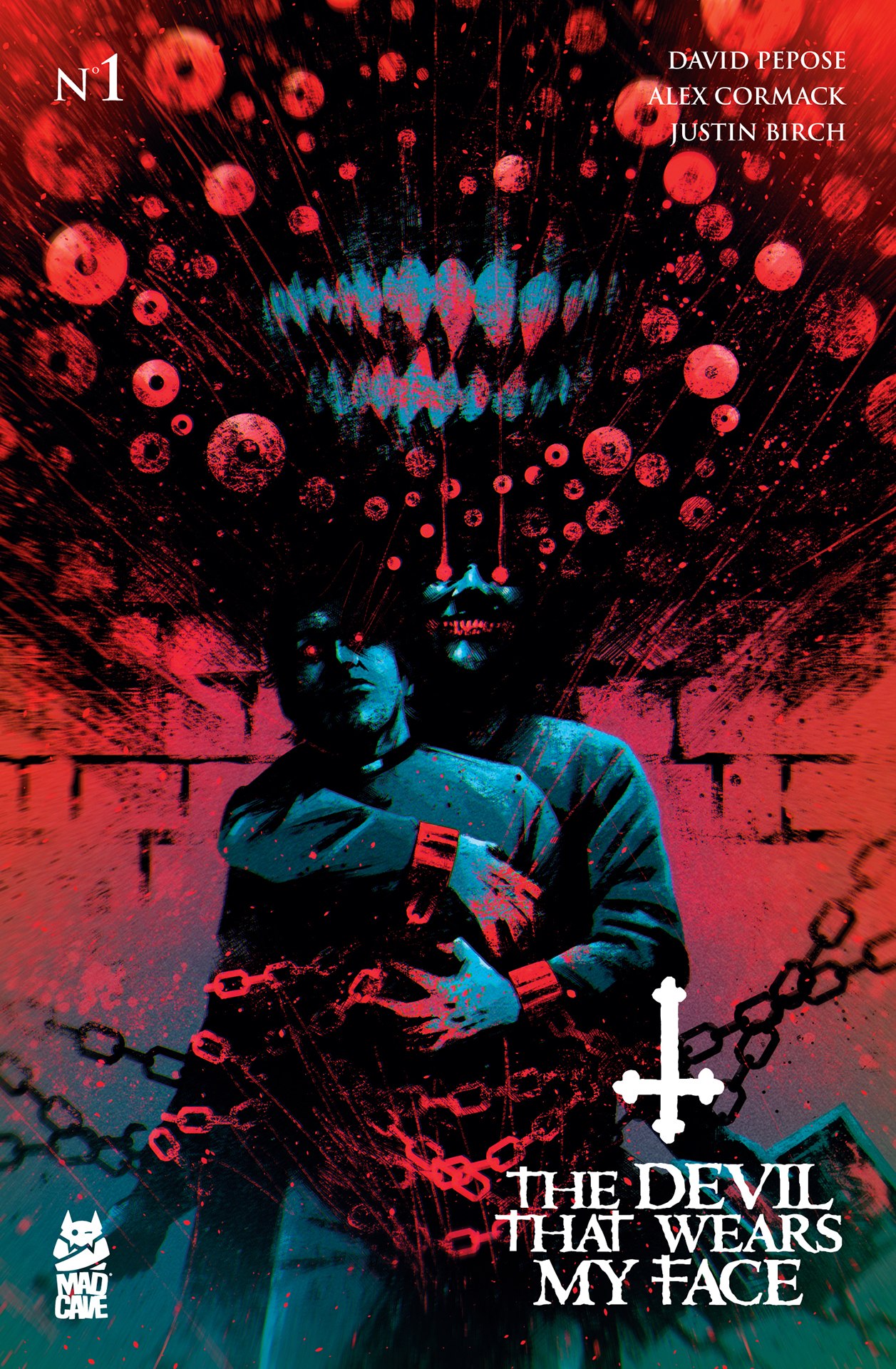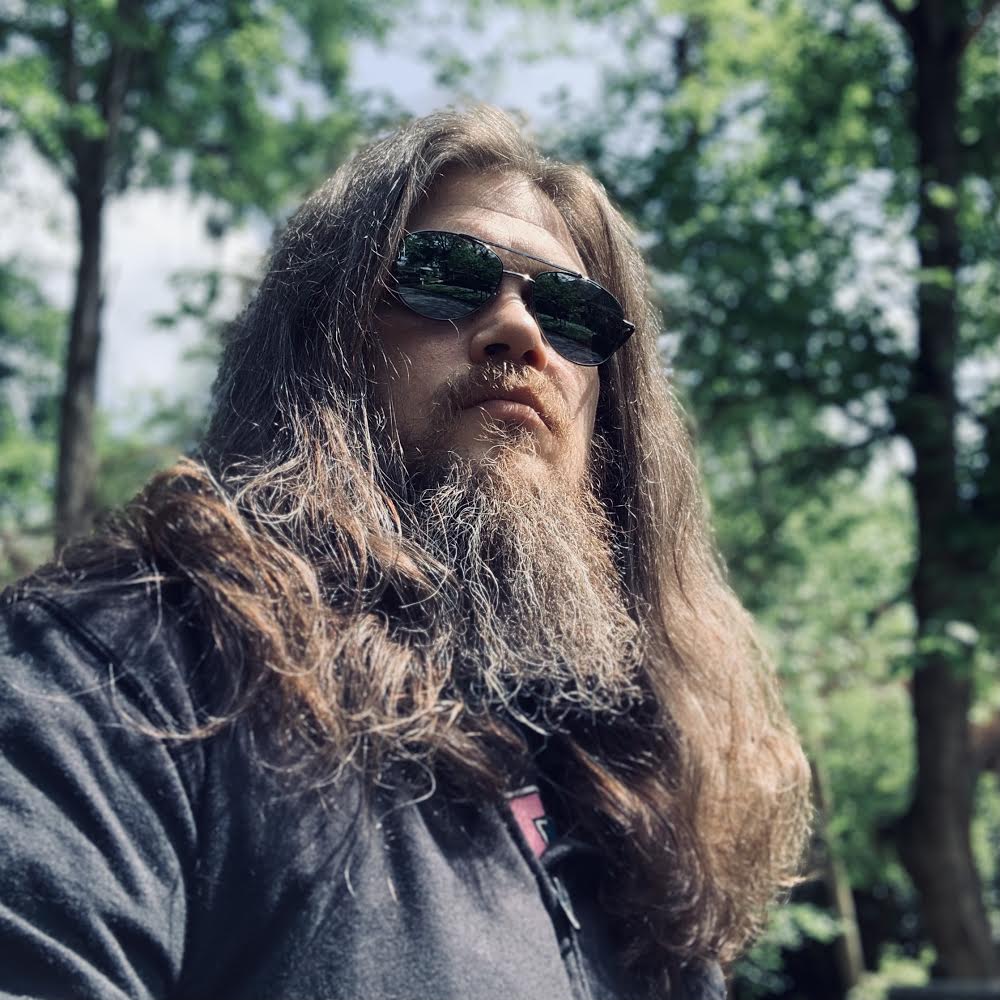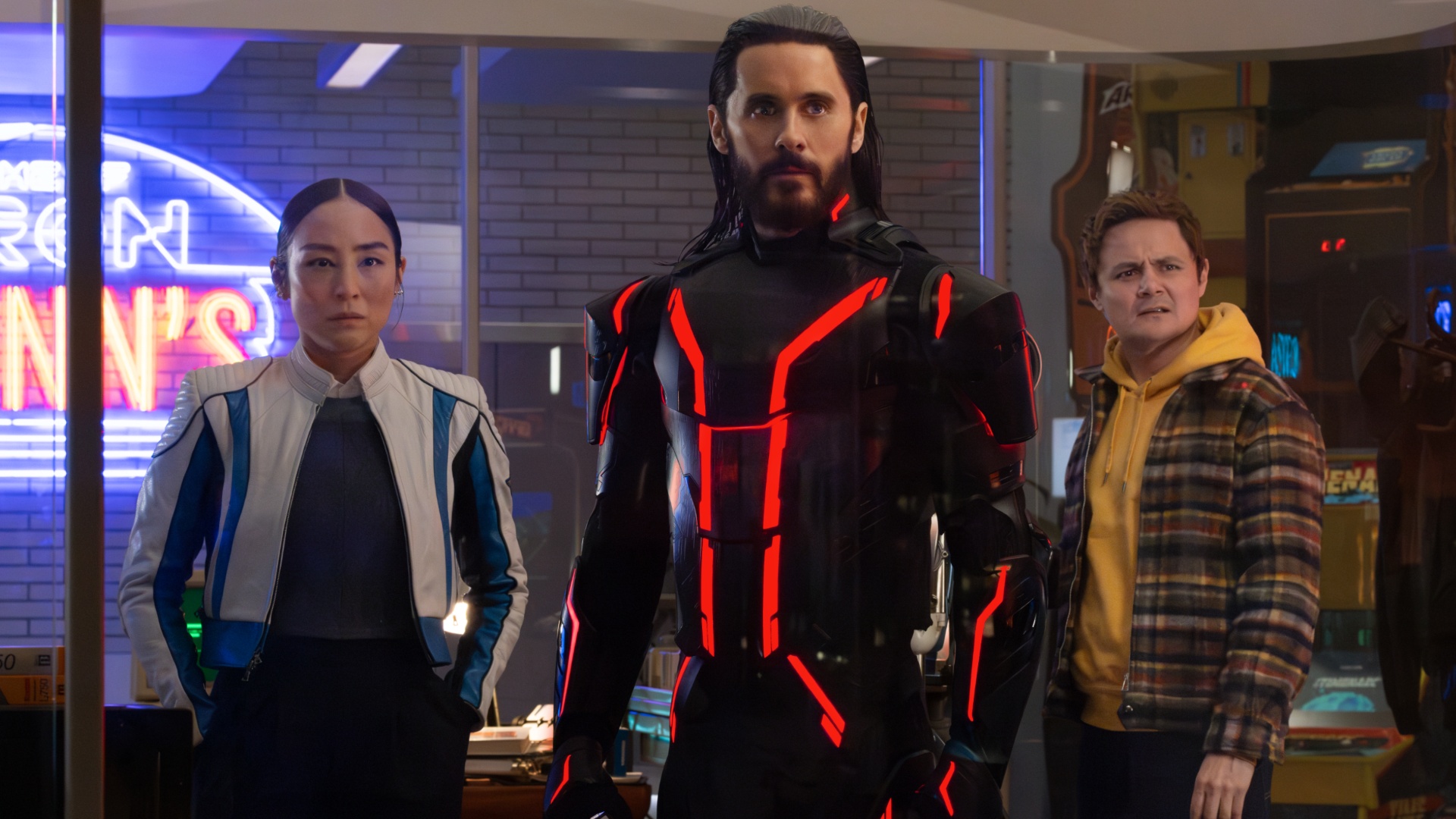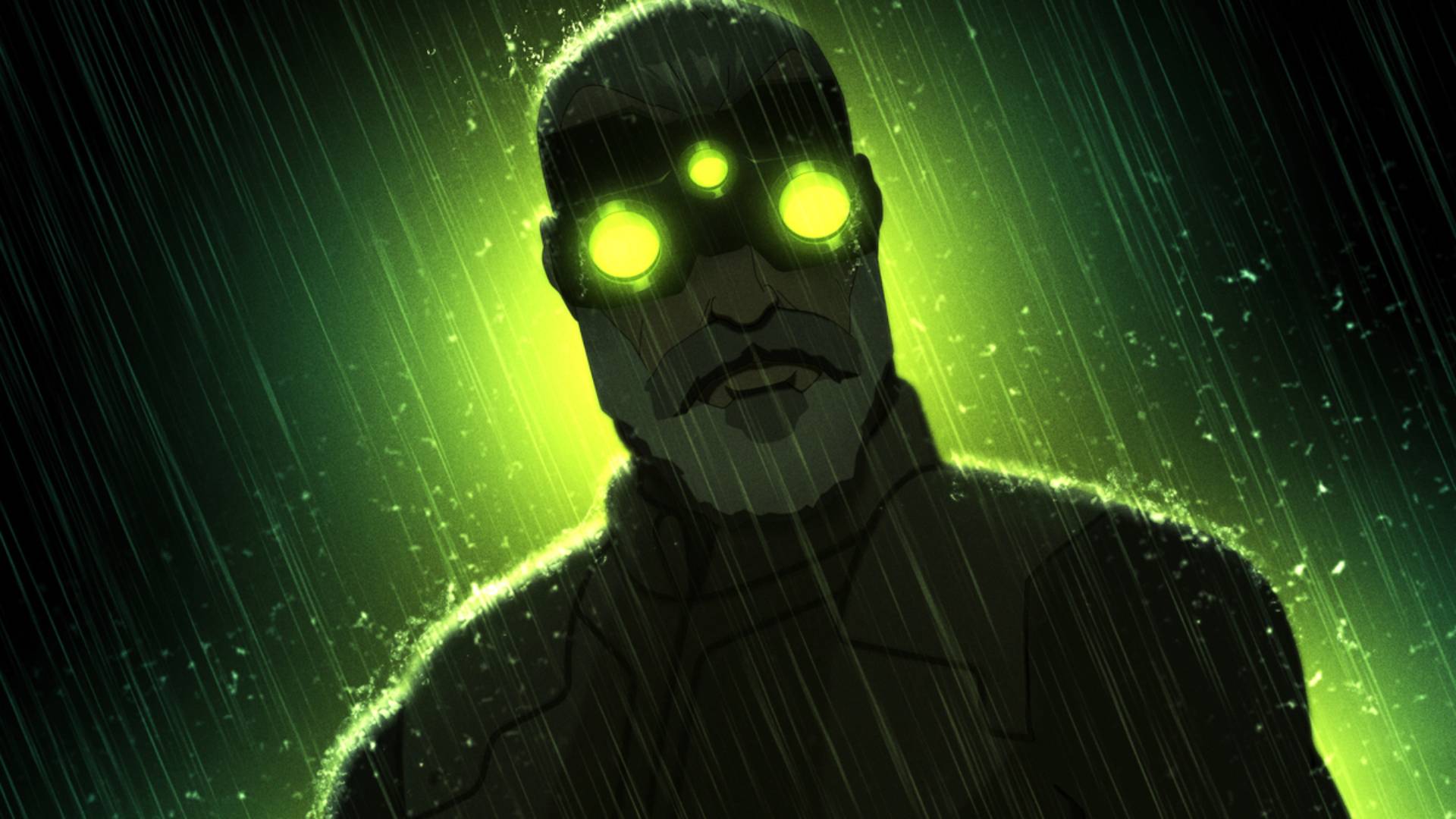The Devil That Wears My Face is like The Exorcist meets Face/Off, and it's actually terrifying
The Devil That Wears My Face writer David Pepose speaks with Newsarama about how he and artist Alex Cormack are taking a new angle on the exorcism genre
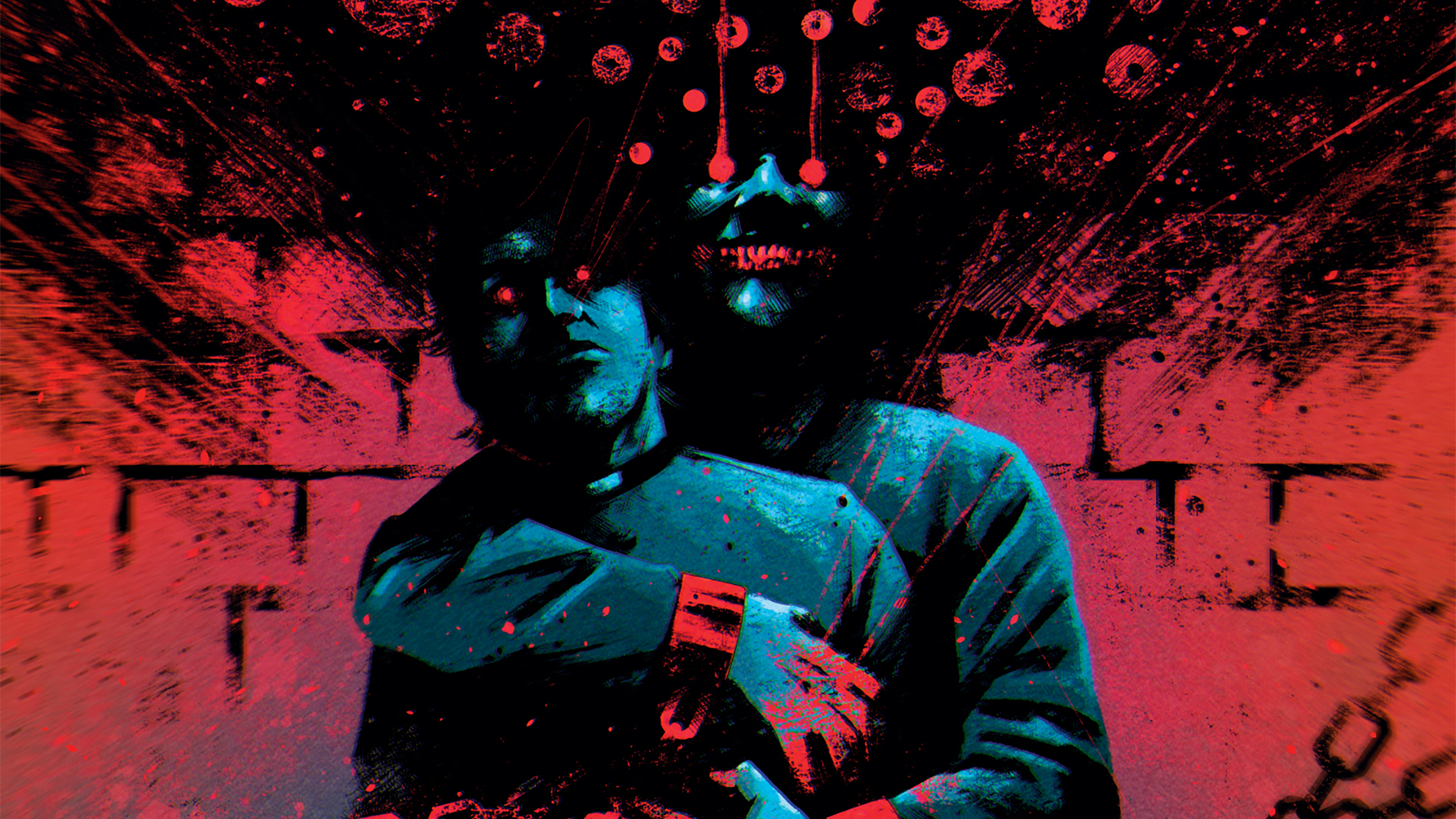
We're reaching the apex of the spooky season, and for those who have been after a horror-fueled comic treat with a few tricks up its sleeve. Writer David Pepose and artist Alex Cormack's Mad Cave title The Devil That Wears My Face has been a terrifying and tantalizing surprise.
Backed by strong reviews and word of mouth, The Devil That Wears My Face scratches a specific itch for fans of both action and horror, blending the body-swap tension of Face/Off with the body horror of The Exorcist, all wrapped up in some of the best horror art on the stands right now.
I had the chance to talk with writer David Pepose following the release of the first issue of The Devil That Wears Me Face, digging not just into the nuts and bolts of the story and its historical setting, but also David's touchstones in the horror genre, and of course, the spine-chilling art of Alex Cormack.
George Marston for Newsarama: David, we know each other pretty well, and we sometimes talk about your creator-owned work. I know you've wanted to tell a horror story for a while. What made The Devil That Wears My Face the right project to start in the genre?
David Pepose: I've dabbled in horror in little bits and pieces. I did a story in the Nightmare Theater horror anthology, and one in Cthulhu is Hard to Spell. And I did a found footage-style Hulk annual earlier this year. But I wanted to do something bigger in the horror genre. My first two books were crime books. I've dabbled in fantasy, sci-fi, and even all-ages comics with my self-published book Roxy Rewind, so horror felt like the missing piece.
So about two years ago, Mark London and Chris Fernandez from Mad Cave cornered me at New York Comic Con and said "We really want you to join us at Mad Cave. We have a bunch of creators who you really respect that are joining us, like Cullen Bunn, Steve Orlando, and Chris Sebela." Once we started talking, we all kind of gravitated toward The Devil That Wears My Face pretty quickly.
For those who aren't familiar with the book, The Devil That Wears My Face is the story of father Franco Vieri, an 18th century Vatican priest who is grappling with a profound crisis of faith. When his superiors in the Vatican send him to Spain to perform an exorcism on a nobleman's son, the ritual backfires and Vieri winds up finding himself trapped in a stranger's body, while Vieri's body has been hijacked by the biblical demon known as Legion. So Vieri is going to have to dig pretty deep if he wants to escape his present circumstances and retrieve his body before the devil burns down Rome.
Get the best comic news, insights, opinions, analysis and more!
For me, what's exciting about it is being able to tackle horror, but also the body swap aspect is something I've wanted to use for some time. I love the way those stories end up being structured, where you have two protagonists whose stories are parallel, they're not always in the same room, but it's inevitable that they impact each other, and then you bring them out of their separate corners and the sparks start to fly. So yeah, I was just really excited to kind of put the chocolate and the peanut butter together, so to speak, and really check two big things off my bucket list and combine them into one really fun story.
One thing that's really interesting to me about this story is that it's very grounded in Catholicism, especially the history of Catholicism in a certain era. Now, you're a practicing Jewish person, so how far down the rabbit hole of Catholicism did you go for this story? How did you find ways to connect with a religion you don't practice?
Boy, you know, it's one of those things. I always joke that Jewish guilt and Catholic guilt really do get along, we have quite a great deal of overlap. And I'm engaged to someone who was raised a practicing Catholic, so I spent a lot of time consulting with her and my in-laws, who all went to Catholic school growing up, and trying to make sure I'm getting it right.
But I also did a lot of research into the exorcism genre, things like The Exorcist, The Haunting of Emily Rose, The Autopsy of Jane Doe, even The Possession with Jeffrey Dean Morgan, which is a Jewish possession story. I thought that was a fun bit of overlap.
What it came down to is, I really wanted to learn the differences between Judaism and Catholicism. Beyond the obvious, of course. But things like how people interact with the church, and with each other in the context of their religion, that's been an interesting point of conversation for me at home with my fiance, learning more about each others' upbringing. I really relied on her to gutcheck me a lot.
I also did a ton of research into the history of the Catholic church itself, all the way back to its beginning. We wound up landing on the 1740s as the timeframe for the story, because it's a real life pressure point in the history of the church. Pope Clemente was a real pope, he was blind and bedridden, conducting church business from his bedside. The church's finances were in shambles. There was uproar in the Roman ghetto. It felt like a nice powder keg kind of moment to build our scaffolding on.
It's interesting you brought up all those exorcism movies, cause I feel like there are some common visual tropes among those movies that you do embrace, but you've also got some very unique and striking visuals thanks to Alex Cormack, who does all the art from pencils to colors. How closely did you work together developing the visuals for Legion? Where did the inspiration for that come from?
Alex and I collaborate a lot. We're in conversation with every single page, every single design. It was really fun to go back and forth with him on the character designs. But as far as the visual vocabulary for Legion, the villain of the piece, is a composite of 1000 demons. And so I thought a cool way to represent that would be if his shadow itself has all these eyes staring at you.
Alex did such a good job with that. He's talked in the past about not wanting it to look like a bunch of googly eyes, so he worked very hard to make sure that didn't happen.
This book is also kind of a tasting menu of horror. We're able to throw in violence and body horror on top of just the action and malevolence. He's been sending me pages now that I didn't even expect would be a scary sequence.
Alex is just at the top of his powers on this book. And seeing the way he so enthusiastically tackles the subject matter, particularly the historical elements as well as the acting and the mood, he really is the perfect collaborator for this book. Even if The Devil That Wears My Face had no dialogue, I'd say it's worth the price of admission just to see Alex really flex his muscles.
We talked about the body-switch side of the story, but what is it about exorcism and possession that you find so specifically compelling? What do you see as the chilling core of the concept?

I think that the chilling core is, you no longer have agency over your own body, and that you have a malevolent entity in the driver's seat. It's kind of like watching someone else drive a car recklessly, not caring who or what they hit. But instead of a car, it's your body, and you don't have any ownership over whether come out of this in one piece.
That, and the cruelty. The cruelty is the point, whether it's cruelty to the host, or to anyone around them. And that sadism becomes internalized with the possession itself.
I think that's probably the core difference of this book compared to most exorcism fiction is that, in a lot of exorcism stories, the demon has no reason to play it subtle. The demon makes it a point to let people know it's there in the body of this person. But in this story, we're watching this demon find himself in a privileged position in the body of this person who happens to have a lot of sensitive access. It would be easy to tear through a whole host of innocent bystanders, but in this case Legion has his eyes on a bigger prize.
That idea of a demon taking not just your body but your life and doing what he wants with it is right there in the title, The Devil That Wears My Face. Speaking of which, I really loved the title drop in the dialogue. That felt like a nod to the larger horror genre and its familiar tropes. How conscious are you of making sure this book is seen as not just a horror comic, but a story squarely in the horror genre?
Oh definitely. The title is so dramatic. I think it's been a trend lately to do these longer, kind of more flowery titles. I've heard from some corners that it improves SEO, I don't know. I think it presents a mood. I've seen enough titles like that around that I thought it would be cool to do something like that.
But having a title as flowery as "The Devil That Wears My Face," I felt like we had to stick it in the script somewhere. I thought that was a really nice button for that first issue, to really show that Vieri is really in this now, and to bring some understanding of what the title really means.
I don't think I've been particularly subtle about my influences, but the thing is, there are so many people checking this out right off the stands, because they say "Oh, exorcist comic, I want to read an exorcism comic," or they're drawn in by Alex's main cover or Maan House's variant cover. And they read it and they see it's also like Face/Off or something. So yeah, it was a nice way of reinforcing the full concept, in case you didn't get it before.
We've known each other for a long time, we've watched a lot of movies and read a lot of comics together, and something I know about you is that you actually have a fairly high bar for horror. What makes a really great horror story to you? Like, what puts a horror story in the conversation alongside stories from other genres?
Boy, that's a great question. You know, I think for me, it's about the threat. Does it feel particularly visceral? Is it something that evokes like, a real sense of terror and dread from your main characters?
I think also, having a main character you can project on is also a good idea. My favorite horror movie of all time is 28 Days Later, because you can see, like, not only are these characters scared out of their minds, but you can see why.
I also often appreciate horror movies that are a little bit slower burn that build up that sense of mood and tension. Like the Fly with Jeff Goldblum. I love that movie.
That's one of my favorites.
You know, that movie, it crosses a lot of genres. There's body horror at the core. But there's also like, pulp sci-fi, and even this very lecherous, kind of erotic streak. I like horror that takes a big swing, whether it's in the themes, or the presentation.
The cool think about horror as a genre to me is, it might be the most flexible genre out there. I think sci-fi is so often difficult to bottle up because it can be very vague, or it can be sort of ornamental. But horror can be its own standalone thing, or it can kind of be the chocolate and peanut butter with any other genre. And there's so many different tones, whether it's sort of going for this creeping dread, or going for the full on like slaughterhouse, gore vibe.
Something I think is interesting about 28 Days Later and The Fly is that they're both horror movies that are driven by very human relationships, at their core. You could take out the horror elements, and there's still a story of human drama. How do you bring that into The Devil That Wears My Face?
Great question. I think it really is a story about relationships. There's Vieri and his mentor, Cardinal Pentecost, who is the head of the College of Cardinals, this major authority figure in the Vatican. Vieri coming back so changed after the exorcism is going to be a big point of contention in the politics of the Vatican.
There's also Maria, the attendant of the Castillo de Lazarus, where Vieri is currently imprisoned, who is going to become Vieri's gal friday throughout the book. She's in love with Santiago, the guy whose body Vieri's consciousness is trapped in, and she's the only one who believes him.
And we'll dig into Santiago too. What's this guy's deal? How did he become possessed to begin with? His father Hugo will also factor very importantly in the story, as Vieri is trapped in his son's body. That idea is outrageous and offensive to Hugo. So before Vieri and Maria can confront Legion, they'll have to get through Hugo.
So looking ahead at issue #2, not to spoil anything, but what do you think is really going to make people's skin crawl?
Oh boy, this is a big issue. People are gonna realize, like, we're not playing around with this book. You'll have to wait to see exactly what's going on, but there are some moments where Legion is completely depraved. I think those are my favorite moments. [laughs]
In terms of the story itself, the structure of it all, Legion and Vieri, they're not always in the same place at the same time. But keeping them apart is like trying to keep magnets apart, you can feel them trying to come back together. So when they inevitably do, round two is not going to look like round one. And I don't think it's spoiling much to say there will also be a round three.
What else do you want fans to know about The Devil That Wears my Face?
You know, if you're a fan of The Exorcist, Face/Off, The Count of Monte Cristo, stories like that, there's a lot to love about The Devil That Wears My Face. I think this is a really interesting angle in that we're able to take a kind of action-oriented approach to a story of exorcism and possession, while not skimping on any of the dread and terror. And there's also the historical angle.
And of course, Alex Cormack is really just doing the work of his career. I think he's one of the leading horror artists of his generation. It's really unlike anything else on the stands.
Read about the best horror comics of all time.
I've been Newsarama's resident Marvel Comics expert and general comic book historian since 2011. I've also been the on-site reporter at most major comic conventions such as Comic-Con International: San Diego, New York Comic Con, and C2E2. Outside of comic journalism, I am the artist of many weird pictures, and the guitarist of many heavy riffs. (They/Them)
